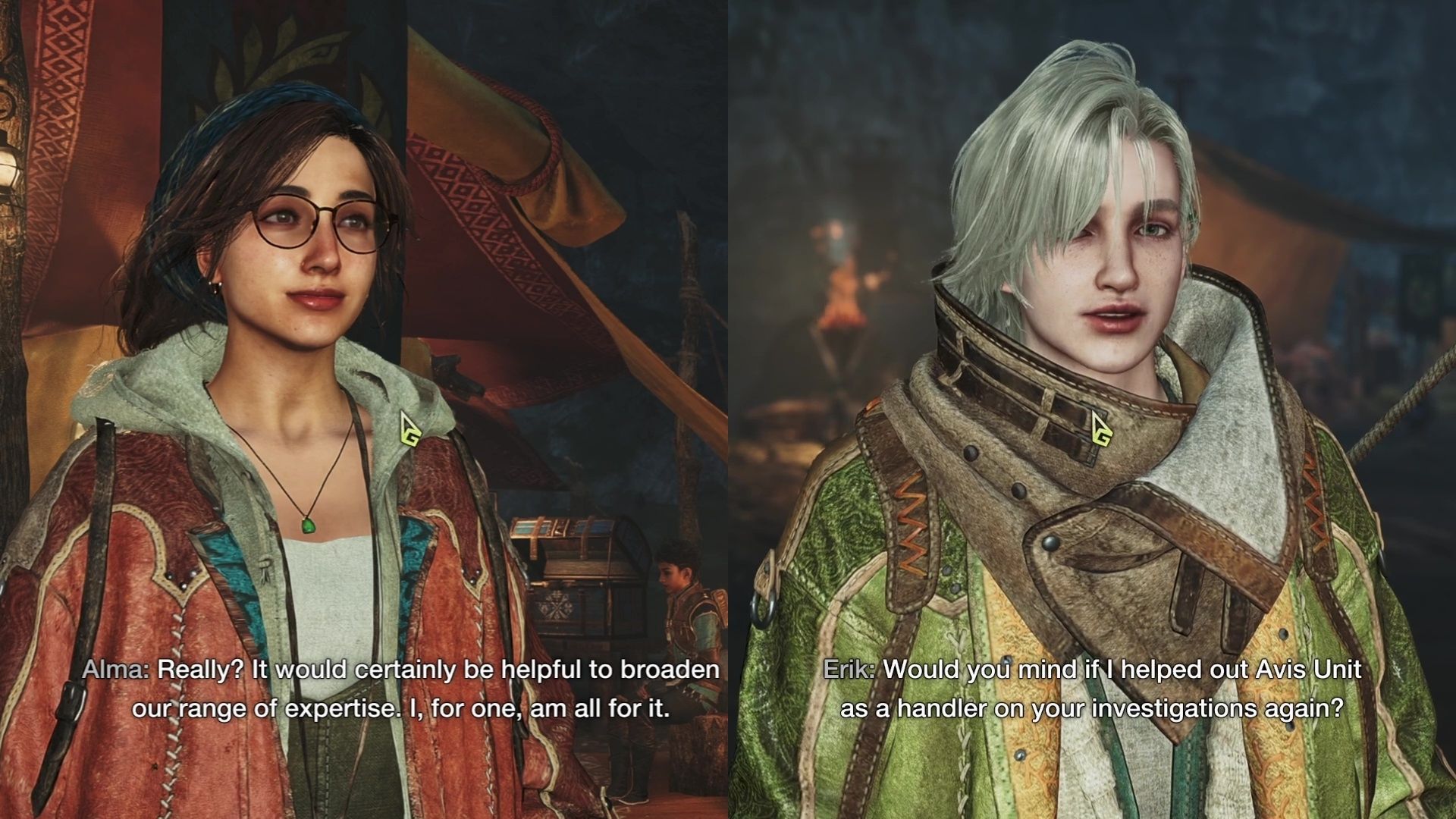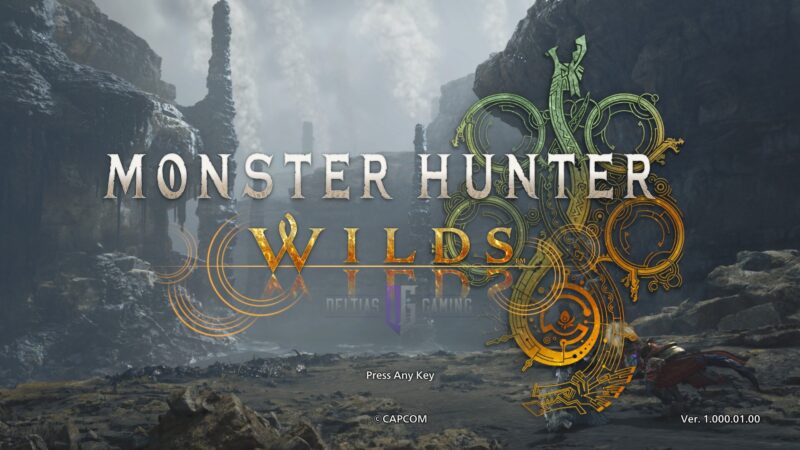Everything you need to know about hitstop in Monster Hunter Wilds, and how it affects the game’s combat system.
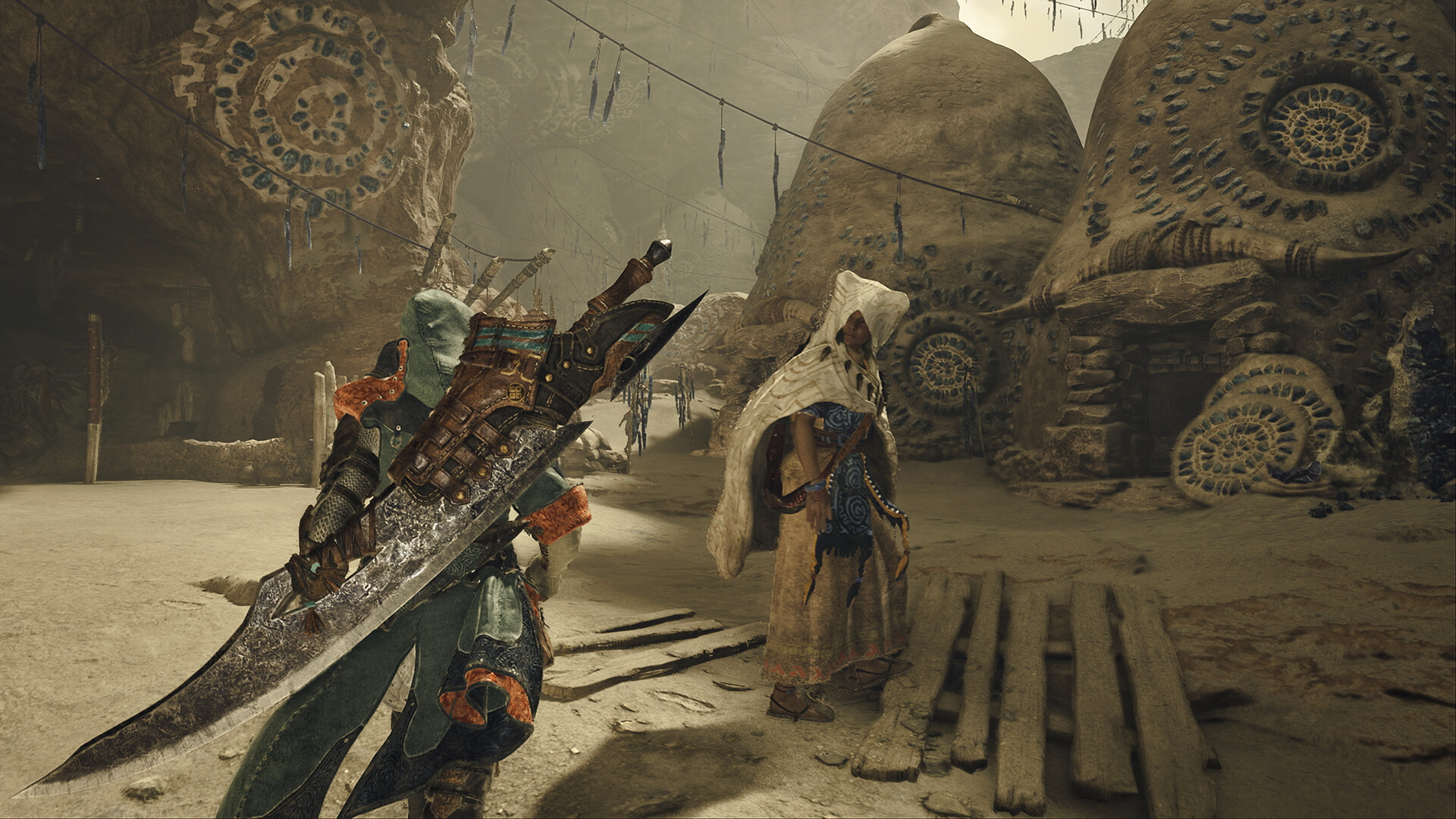
One of the most discussed topics regarding Monster Hunter Wilds, apart from Yian Kut-Ku, of course, is hitstop, or lack of it. Hitstop has been a staple feature in the series. Furthermore, it’s a feature that fans have come to love over the past few generations of Monster Hunter.
This is precisely why the lack of hitstop in the Open Beta Test, especially for weapons like Great Sword and Hammer made them feel significantly less impactful compared to the previous Monster Hunter games. Following the debacle surrounding hitstop, Capcom very recently announced during the Community Update Livestream that the feature will officially be returning in Monster Hunter Wilds, on release.
However, some players might be wondering, what actually is meant by “hitstop?” While hitstop has been a prominent feature in every Monster Hunter game up to Monster Hunter Rise, it’s not something that’s explained or talked about in-game. As such, doubts regarding the feature’s role in combat are obvious, especially for newcomers to the series. Here’s everything you need to know about hitstop in Monster Hunter games.
What Is Meant by Hitstop in Monster Hunter?
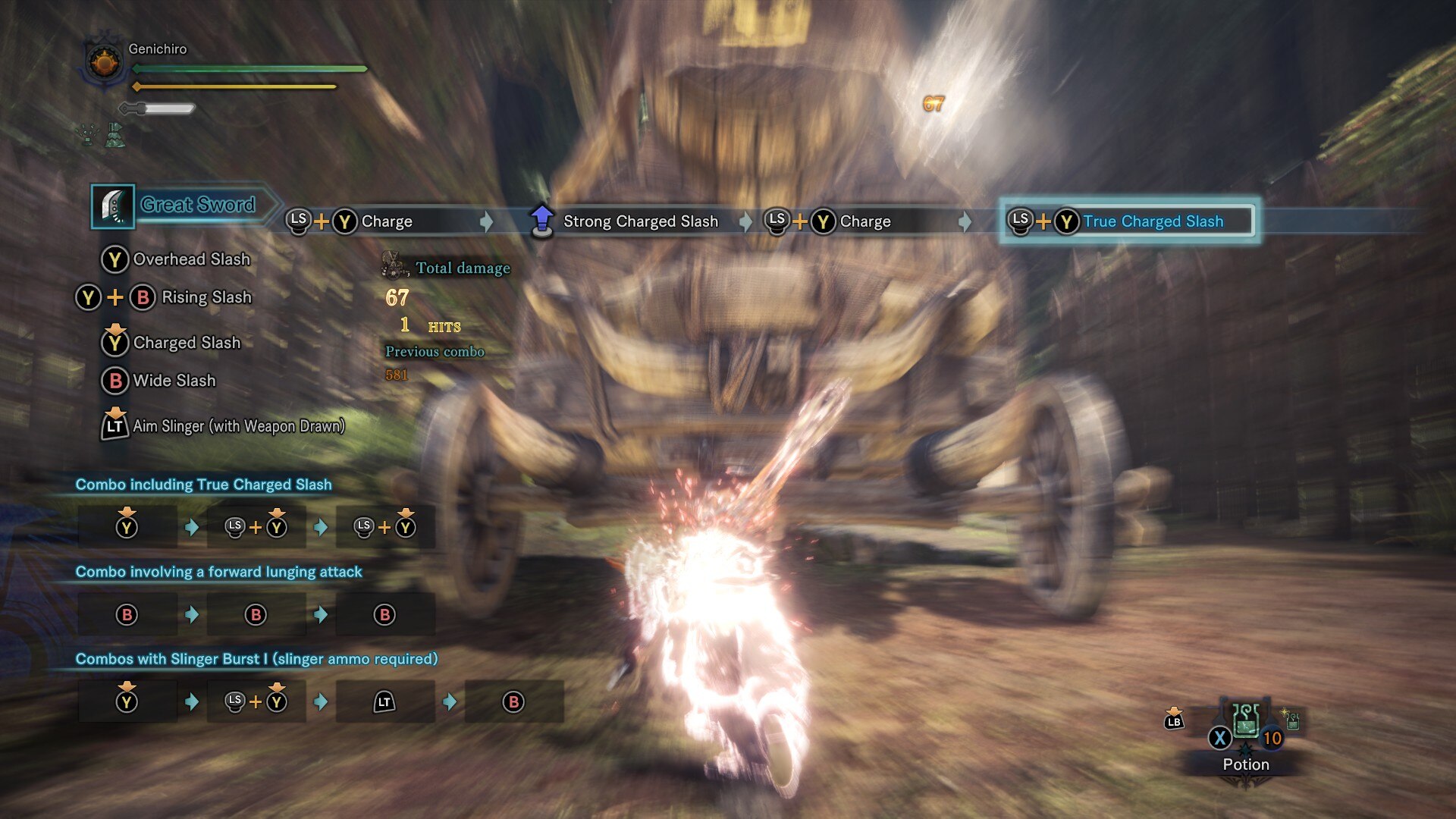
In plain terms, hitstop is the small lag that you feel (and see) while hitting a monster with a charged attack (Level 2 or higher) or a regular combo. This feature is best felt in weapons that dish out a ton of damage in a single hit, i.e., the Great Sword, and Hammer. Even the Charge Blade (ED/SAED), Switch Axe (Axe Mode), and Hunting Horn also exhibit hitstop.
If you’re familiar with the Great Sword, for instance, you would recall that while trying to land a Charged Slash, you always get a small lag between your hits, especially during True Charged Slash. The primary function of hitstop is to provide feedback to the player upon landing a big hit.
The small lag that you see while landing a hit makes charged attacks feel impactful. Hitstop basically attempts to replicate the friction that a weapon would face while trying to go through a monster’s hide. Furthermore, hitstop also varies depending on which part of the monster you hit.
However, with the lack of hitstop charged attacks from weapons, they do not feel nearly as impactful as they should. The lack of hitstop significantly reduces how impactful the Great Sword’s True Charged Slash or the Hammer’s Spinning Bludgeon feels.
Does Hitstop Affect Combat in Monster Hunter?
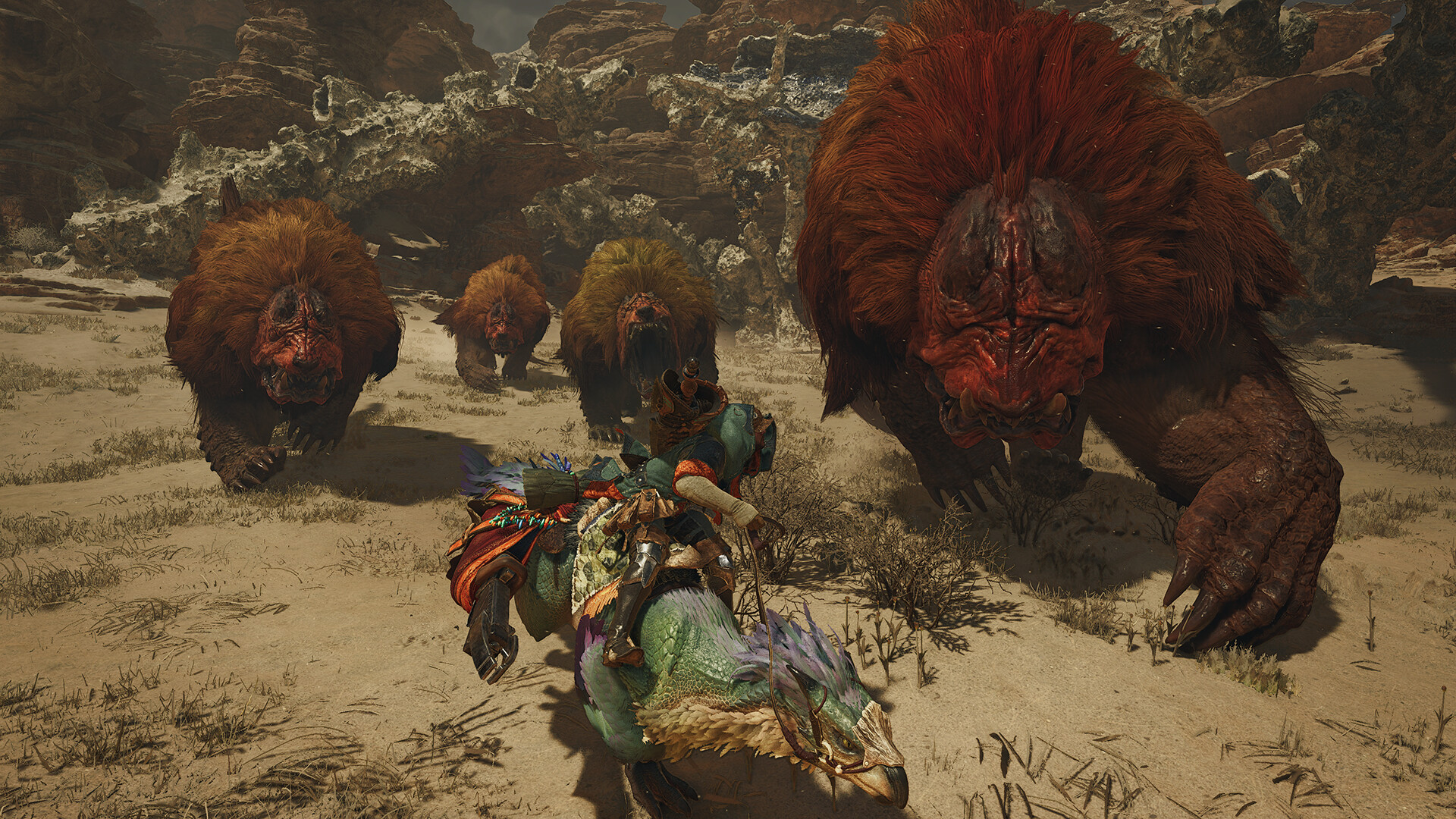
No, hitstop doesn’t have any direct impact on combat. However, it does play a fairly vital role in how the combat feels to engage with. Hitstop essentially adds weight to your melee strikes. While it doesn’t dictate how much damage you deal to the monster, hitstop does help you gauge how much damage an attack might have done to the monster.
Unlike other mainstream RPGs, Monster Hunter does not feature a health bar for enemies. Instead, the game relies on visual cues to show the health status of a monster. Hitstop, alongside damage numbers, are among the few ways that you can gauge how much damage you’re dealing to a monster.
Monster Hunter Wilds’ Open Beta Test version lacking hitstop resulted in melee weapons feeling quite odd. Basically, using a Great Sword’s TCS or the Charge Blade’s SAED attacks lacked the weight behind them. This in turn ended up making it harder to determine how much damage was dealt by those attacks. Thankfully, in the release version of Monster Hunter Wilds, hitstop is returning, albeit with a few tweaks.
Looking For More?
Thank you for reading the Monster Hunter Wilds article. We provide the latest news and create guides for Baldur’s Gate 3, Starfield, ARK Survival Ascended, and more. Also, watch Deltia play games on Twitch or visit his YouTube channel!
 Reddit
Reddit
 Email
Email
